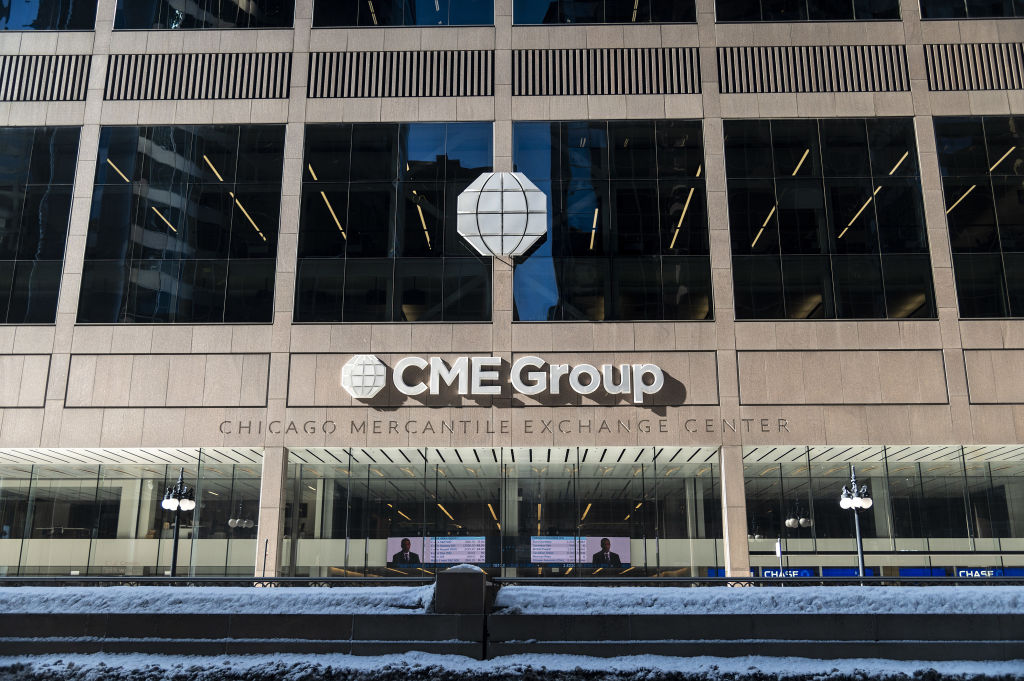Take a bet on this infrastructure specialist
Morgan Sindall will profit from higher infrastructure spending as we emerge from lockdowns. Matthew Partridge picks the best way to play it.


Over the next few months, most – if not all – of the restrictions imposed to deal with Covid-19 are due to be lifted. However, this leaves the question of how we are going to repair the economic damage; GDP slumped by almost a tenth in 2020. Part of this recovery will take place naturally thanks than to pent-up economic demand and people spending the money saved during lockdown.
But with the Office for National Statistics estimating that the unemployment rate will rise to 7.5%, there will be a need for additional measures, such as infrastructure spending, to stimulate the economy. Late last year Boris Johnson said the government planned to allocate £100bn to roads, bridges and other projects over the next five years.
This is good news for FTSE-350 member Morgan Sindall Group (LSE: MGNS). Morgan Sindall makes its money from construction and regeneration projects in the UK. Its construction division involves projects in areas including motorways, rail, aviation, energy, water and nuclear energy. They include the Tideway Super Sewer, which aims to help clean up the Thames by taking the waste that would otherwise flow from city sewers directly into the river and sending it to wastewater plants to be treated. Recent road projects include improvements to the A451 in Milton Keynes and M5 in Sandwell.
MoneyWeek
Subscribe to MoneyWeek today and get your first six magazine issues absolutely FREE

Sign up to Money Morning
Don't miss the latest investment and personal finances news, market analysis, plus money-saving tips with our free twice-daily newsletter
Don't miss the latest investment and personal finances news, market analysis, plus money-saving tips with our free twice-daily newsletter
Swimming with the tide
Morgan Sindall also stands to benefit from another key trend: the conversion of offices into flats and other amenities. Already many companies are deciding to cut back on office space, while many large retail chains are also looking to reduce their floor space – witness Marks & Spencer’s decision to demolish its flagship Marble Arch store. As a result, many councils and local authorities are trying to use the vacant space to help solve the housing shortage, which is good news for Morgan Sindall given its involvement in regeneration projects in King’s Lynn and Brixton.
The group’s business has been doing well recently, with revenue increasing by around 5% per year between 2015 and 2020 and a similar rate of growth expected in the next few years. A return on capital (an important measure of profitability) of about 15% has also enabled it to double its dividend from 29p to 61p over the same period; payouts are also expected to increase. Despite this strong performance the stock trades 10% below its peak of February 2020, just before the market plunged. As a result, it sells for a very reasonable 9.6 times 2022 earnings and offers an attractive dividend yield of just under 4%.
Morgan Sindall’s share price seems to have momentum as well as strong fundamentals behind it, having risen above both its 50 and 200-day moving averages. I suggest that you go long on Morgan Sindall at the current price of 1,686p at £2 per 1p. Put a stop loss at 1,200p, which would give you a total downside of £972.
Trading techniques: trailing stop-losses
Most traders use some form of stop-loss to limit their potential losses, especially if the share or asset they are trading is very volatile, or they are using leverage (punting with borrowed money). However, a more advanced technique is to adjust stop-losses if the position goes in your favour, giving you a so-called trailing stop-loss. If you buy a share at 100p with a stop-loss of 80p and it then rises to 150p, you might increase the stop-loss to 120p.
The big advantage of a trailing stop-loss, compared with a regular stop-loss, is that it enables you to lock in profits while still keeping the position open. It also minimises potential losses if there is a nasty reversal of an uptrend. In essence, the technique is a compromise between taking all of your profit immediately by selling the stock (which gives up the opportunity from profiting from further price rises), and sticking with the old stop-loss (which could see the profits disappear if the trend reverses).Trailing stop-losses can also get you out of shares that initially go in your favour, only to lose momentum over time. However, increasing the stop-loss also increases the chances that you’ll have to close your position, as it now has to fall by a much smaller amount than before. This can lead to more frequent buying and selling, inflating trading costs.
Overall, the evidence suggests that while a stop-loss strategy can outperform a traditional buy-and-hold one, after taking into account the amount of risk, a trailing stop-loss strategy can boost returns further. For example, a 2008 study by Garib Yusupov and Bergsveinn Snorrason of Lund University found that a trailing stop-loss strategy produced the best results for those investing in the OMX Stockholm 30 index between January 1998 and April 2009, although it didn’t take into account trading costs.
How my tips have fared
The past two weeks have been mixed for my four long positions, with two increasing but two falling. Media group ITV went up from 119p to 122p, while American homebuilder DR Horton rose from $80.51 to $84.49. The bad news, however, is that transport group National Express declined from 301p to 297p, while cruise-ship operator Norwegian Cruise Line slipped from $29.31 to $28.65. Overall, all of my long tips are making money, with total net profits of £4,531, up slightly from £4,368 a fortnight ago.
Sadly, my short tips haven’t done that well, with four out of the five moving against me by appreciating. Online insurance broker eHealth went up from $51.03 to $68.09, electric-lorry manufacturer Nikola increased from $14.62 to $15.55 and online grocer Ocado climbed from 2,062p to 2,068p.
Cloud-computing firm Snowflake also advanced from $213 to $221. The only positive performance from a short-selling perspective was electric-vehicle maker Plug Power, which declined from $40.75 to $38.91. Still, all of the short tips are making money, with a total net profit of £2,691.
Counting Morgan Sindall, I now have five long tips (Morgan Sindall, ITV, DR Horton, National Express and Norwegian Cruise Line) and five short (eHealth, Nikola, Ocado, Snowflake and Plug Power). Since this is a good balance, I don’t advocate closing any of them at present. However, I would increase the stop-loss on Norwegian Cruise Line to $21 (from $20), National Express to 287p (from 285p) and DR Horton to $60 (up from $58.50). I would also suggest cutting the stop-losses on long-running short tips eHealth to $74 (from $75) and Nikola to $24 (from $25).
Get the latest financial news, insights and expert analysis from our award-winning MoneyWeek team, to help you understand what really matters when it comes to your finances.

-
 Coreweave is on borrowed time
Coreweave is on borrowed timeAI infrastructure firm Coreweave is heading for trouble and is absurdly pricey, says Matthew Partridge
-
 Circle sets a new gold standard for cryptocurrencies
Circle sets a new gold standard for cryptocurrenciesCryptocurrencies have existed in a kind of financial Wild West. No longer – they are entering the mainstream, and US-listed Circle is ideally placed to benefit
-
 Profit from other investors’ trades with CME Group
Profit from other investors’ trades with CME GroupCME Group is one of the world’s largest exchanges, which gives it a significant competitive advantage
-
 Investors need to get ready for an age of uncertainty and upheaval
Investors need to get ready for an age of uncertainty and upheavalTectonic geopolitical and economic shifts are underway. Investors need to consider a range of tools when positioning portfolios to accommodate these changes
-
 How much gold does China have – and how to cash in
How much gold does China have – and how to cash inChina's gold reserves are vastly understated, says Dominic Frisby. So hold gold, overbought or not
-
 Debasing Wall Street's new debasement trade idea
Debasing Wall Street's new debasement trade ideaThe debasement trade is a catchy and plausible idea, but there’s no sign that markets are alarmed, says Cris Sholto Heaton
-
 Who is Rob Granieri, the mysterious billionaire leader of Jane Street?
Who is Rob Granieri, the mysterious billionaire leader of Jane Street?Profits at Jane Street have exploded, throwing billionaire Rob Granieri into the limelight. But it’s not just the firm’s success that is prompting scrutiny
-
 Beware the bubble in bitcoin treasury companies
Beware the bubble in bitcoin treasury companiesBitcoin treasury companies are no longer coining it. Short this one, says Matthew Partridge
